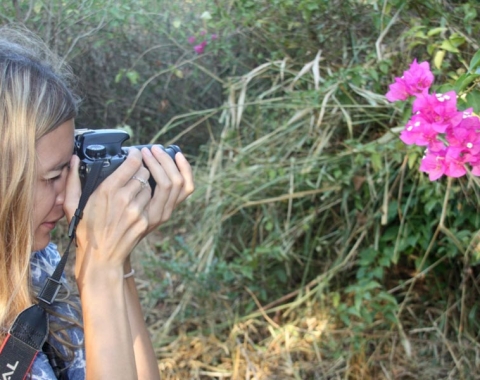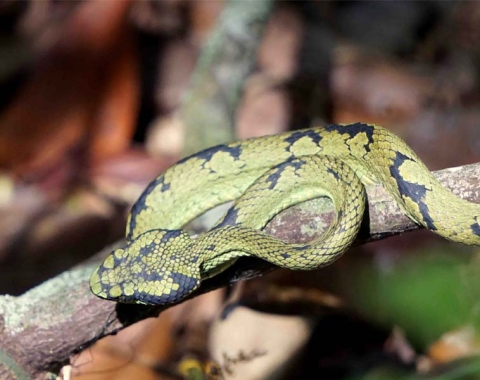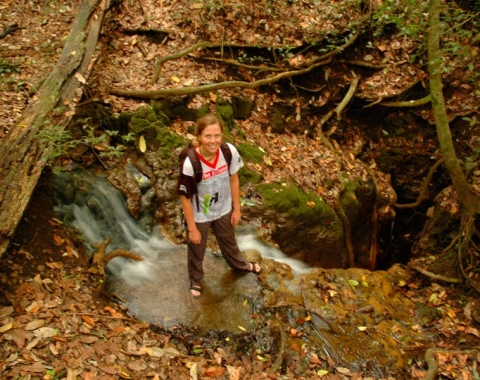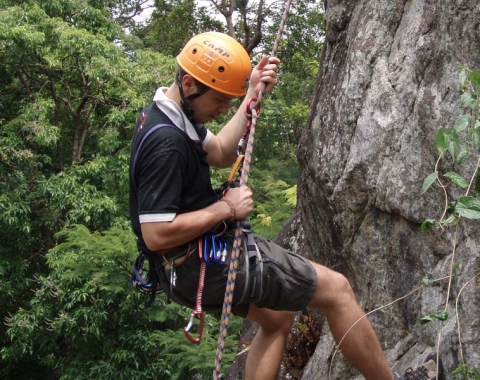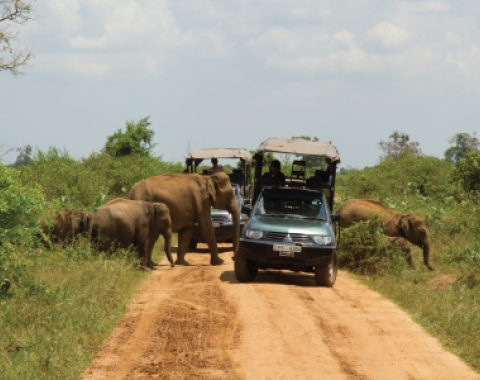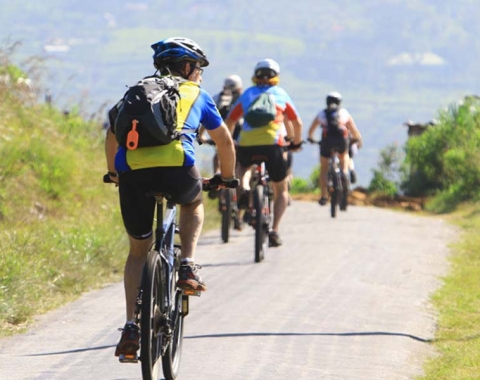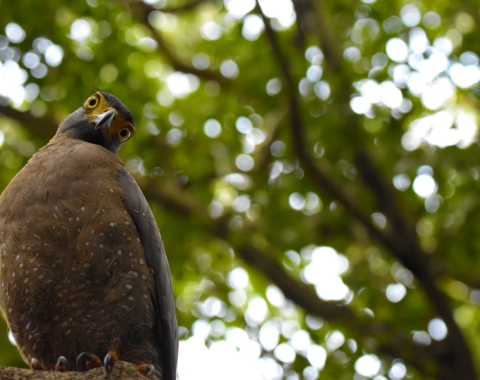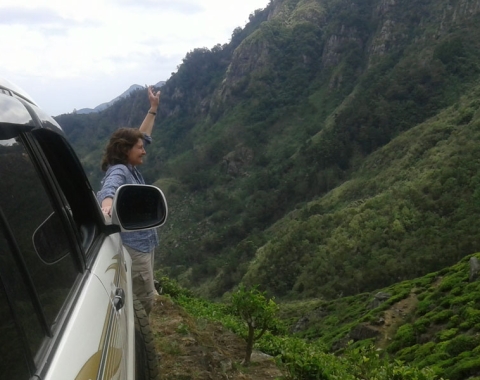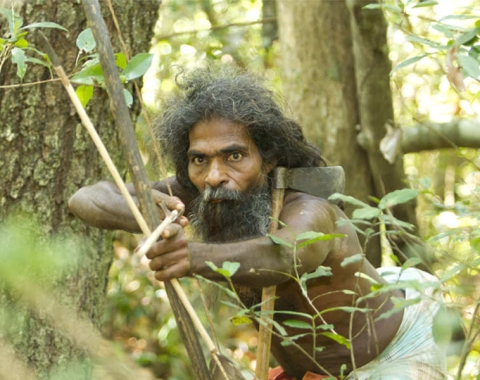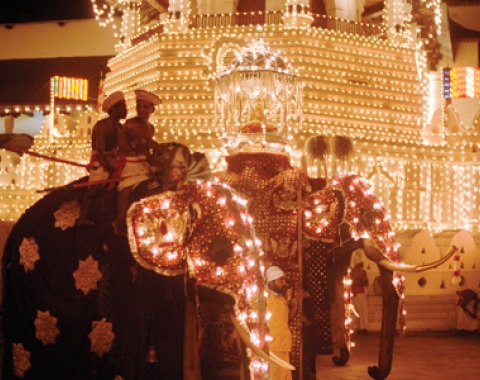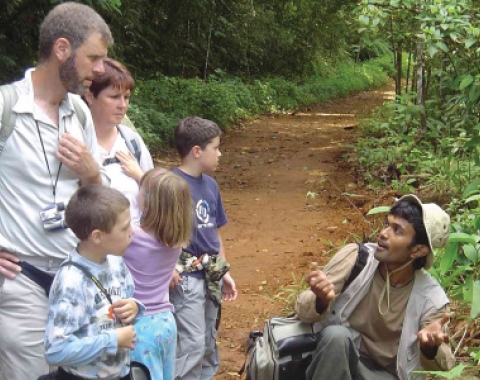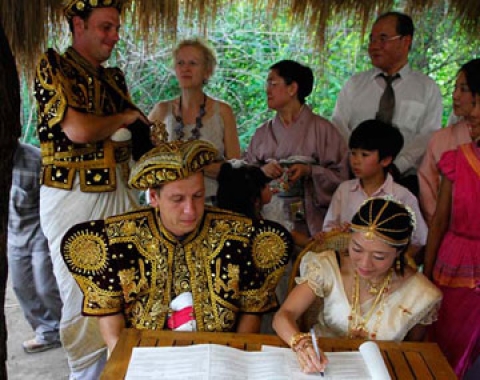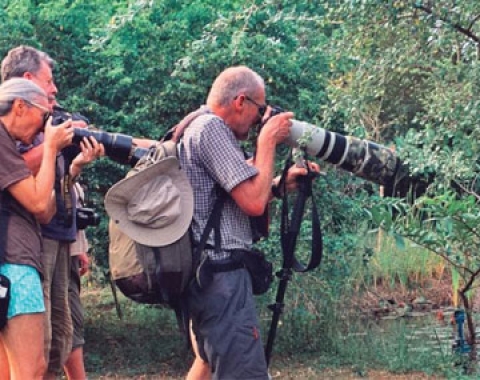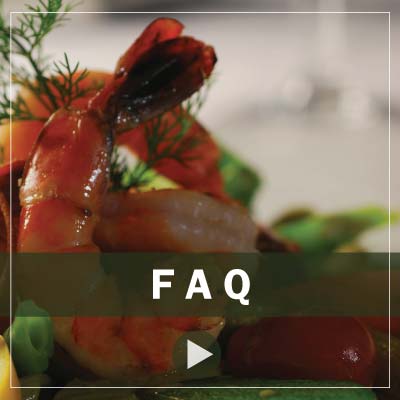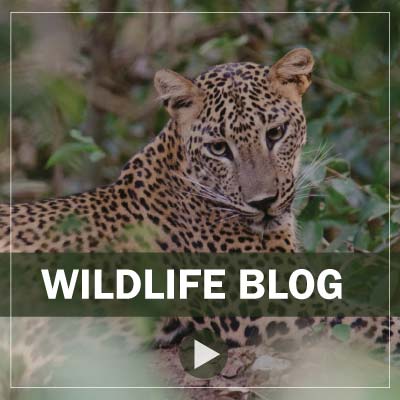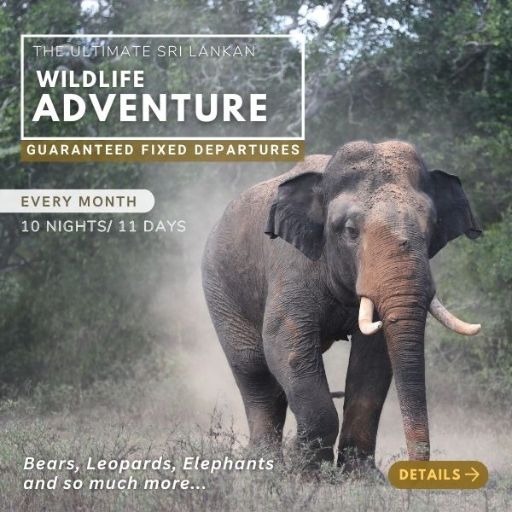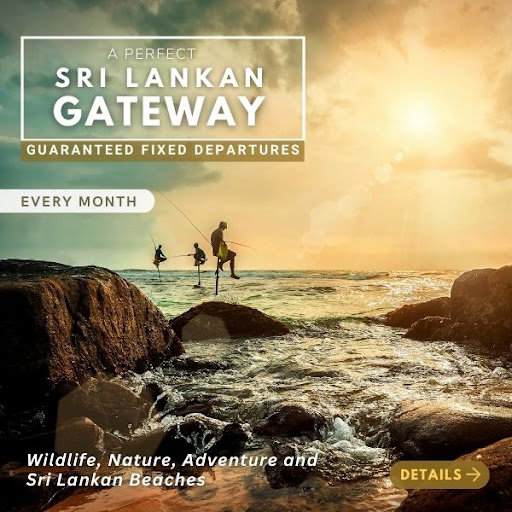Flood Plains National Park is the only flood plain national park in Sri Lanka situated 222 kilometres (138 miles) North East of Colombo. The area was declared a national park on the 7th of August 1984. A look at a map shows the Park almost strategically located, with the Somawathiya and Wasgamuwa National Parks on its North Eastern and South Western borders respectively. The Angammedilla National Park is found to the West, some distance from the Flood Plains.
The Mahaweli River runs right through the Park, giving rise to rich flood plains alongside the river. There are also a number of natural, swampy water bodies called ‘villus’; home to diverse aquatic plants and water-tolerant grass (saturated soil and hindered tree growth are favourable for their growth). During the North East monsoon (October to January) the rains causes flooding, while during the rest of the year, the dry season prevails. The area also experiences strong seasonal windy periods. All these factors result in the Park comprising diverse ecological zones, consisting of: river channels, riverine marshes, villus, seasonally flooded grasslands, and swamp forests. In fact, there are 231 plant species recorded to date and trees such as kumbuk (Terminalia arjuna) and rattan cane (Calamus rotang).
More importantly, the National Park is considered an elephant corridor for the elephants to migrate between Wasgamuwa and Somawathiya National Parks while also serving as a rich feeding ground for them. The abundance of water and grasslands makes it an important habitat for the elephants.
Interestingly, a sub-species of the Sri Lankan Elephant (Elephas maximus), the Vil Aliya or Marsh Elephant (Elephas Maximus Vil Aliya) which has adapted to the marshy environment of the flood plains, exemplifies the unique biodiversity of the Park. Other residents of the Park include: the Fishing Cat, Jungle Cat Rusty-Spotted Cat Jackal, Wild Boar, Indian Muntjac, Sambar, Spotted Deer and Water Buffalo. The European Otter, Sri Lankan Spotted Chevrotain, and the Sri Lankan Leopard have also been sighted here. Notably, the Flood Plains National Park is one of the recorded habitats of Grey Slender Loris.
The National Park is also home particularly to migrant birds, which enriches the diversity of its avifauna. It has been estimated that around 75 species winter in the swamps here. Frequently seen are: the Marsh Sandpiper, Wood Sandpiper, Asiatic Golden Plover, Garganey, Osprey and the Black-tailed Godwit. Common residents are the Eastern Large Egret, Cattle Egret, Painted Stork, Pond Heron, Eastern Grey Heron, Pheasant-tailed Jacana, Purple Coot and the Indian Darter amongst others.
On a historical note, there are several rock engravings dating from the 2nd to the 7th centuries and the Dimbulagala Rock (8kms from the Park) with several pre-historic caves. To the west is Vijithapura, a fortress that witnessed bloody battles in ancient times.
Tour Itinerary
Schedule
- Arrival in Flood Plains
- Full Day Safari at Flood Plains National Park
- Dinner and overnight stay at hotel

